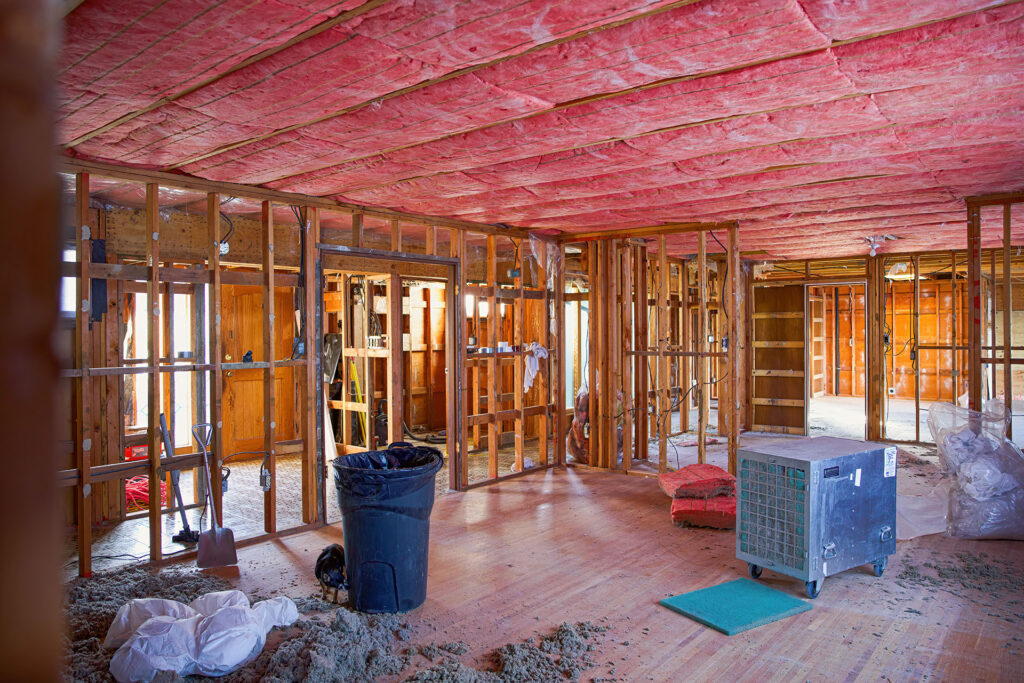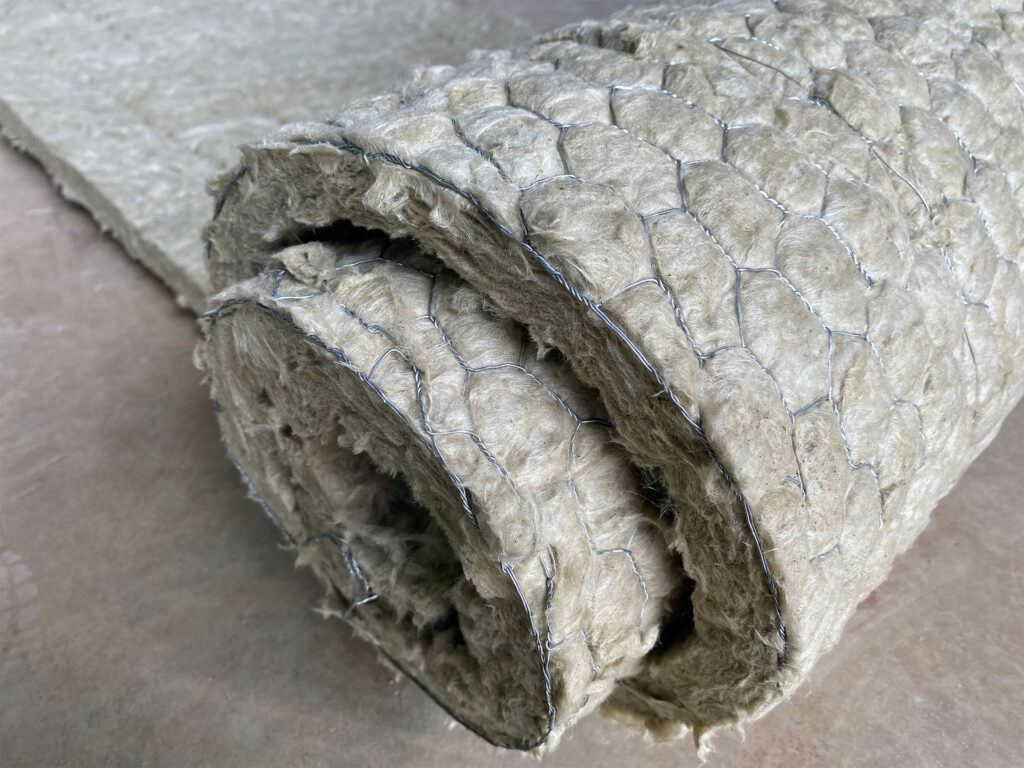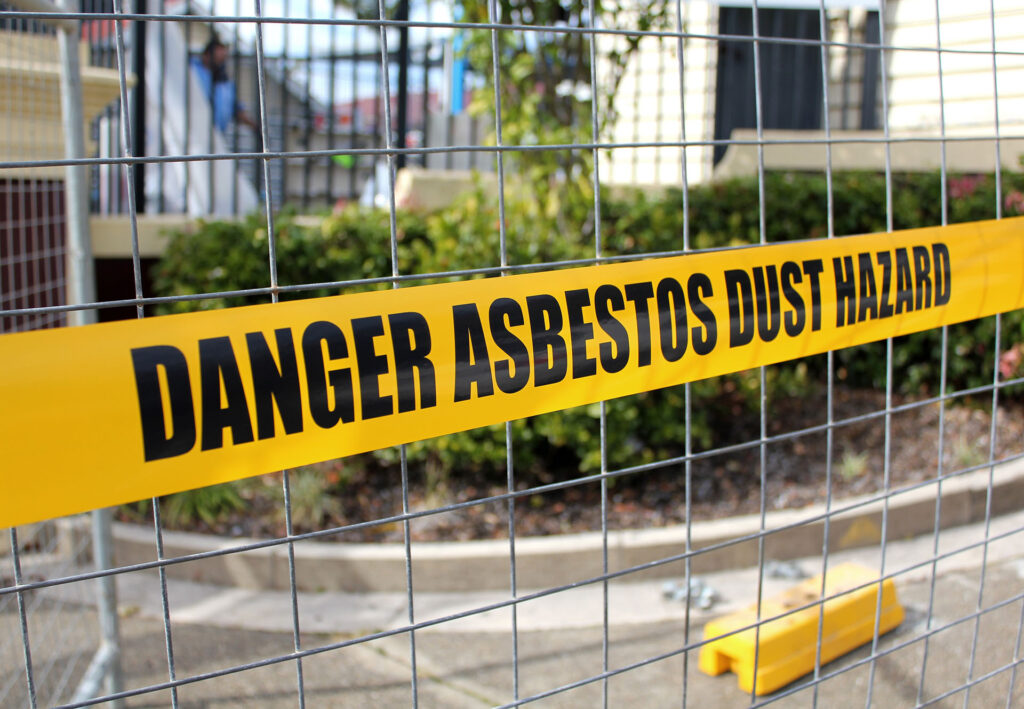Scientific studies and research conducted by established and certified institutions have shown the dangers of asbestos. Over the years, asbestos-linked diseases and illnesses like Asbestosis, Mesothelioma, and Lung Cancer have taken thousands of lives in Australia.
On December 31st, 2003, Australia banned the manufacturing, sale, supply, and use of asbestos. Over the next few years, health and safety regulations were tightened to ensure that the removal and disposal of asbestos take place in a safe and secure manner.
In this article, we will look at some of the important aspects of asbestos removal and disposal. We will also look at specific legislation that has been framed to ensure that the same is implemented in a stringent fashion.
What does the Work and Health Safety Act (WHS Act) stipulate about Asbestos Removal?
The WHS Act under Section 274 outlines the Code of Practice pertaining to the processes that should be followed to safely remove asbestos.
The Code of Practice states that any business or undertaking that is dutifully bound under the WHS Act should remove asbestos from buildings, structures, plants, and any other form of infrastructure.
The Code also states that it is the duty and responsibility of the asbestos removalist to educate and inform general people about the harmful effects and risks associated with using asbestos.
This information should also be communicated to the neighbours, plant managers, and other representatives of a factory/commercial establishment or the household.
Not abiding by the guidelines of the WHS Act and the Code of Procedures would result in severe fines and other forms of penalties.
The safe removal and disposal of asbestos in Australia is a subject concern of ensuring Public Health in general according to the government.
How should the Process of Asbestos Removal and Disposal be done?
The first and most important thing that anyone should know is that they should not do it on their own. Individuals that are not licensed or certified professionals should refrain from handling asbestos by their own hands.
The inhalation of the dangerous fibers of asbestos can result in deadly and life-threatening diseases as has been stated in the introductory part of the article.
Any attempt to manually handle asbestos would just lead to the release of the fibers.
The next step involves calling licensed professionals that are certified by the governments for asbestos removal and disposal. Make sure that you check the license before you hire a firm or a professional. If you do not, then you stand the risk of being heavily fined by the regulators.
How can Families identify the presence of Asbestos in their homes and surroundings?
The dangers of asbestos are now being included in school curriculums in developed countries. You also need to understand that many people are careless enough to dump asbestos in regular settings and garbage areas.
As a family, you should try your best to learn about ways to spot and identify asbestos by reading government manuals and other official documents. If you have purchased an old home, built in the 1970s or 1980s (or earlier), chances are that a lot of the construction involved asbestos.
While people have been careful to remove the obvious ones, like asbestos roofing, the deadly material can be found in other areas as well-
- The flooring materials, including the underlying carpeting, can contain traces of asbestos fibers. The material was commonly used as a sturdy and cheap form of flooring in homes of the period.
- The insulation systems in the house, including the heaters, stoves, boilers, and fireplaces were made from asbestos. This was because asbestos had great insulation properties. You can start by checking these areas.
- In some homes, asbestos was also used to reinforce the walls with a cement mixture. This is something, which you would need to examine and explore with the help of experts and by using testing equipment.
The Final Word
In this article, we have tried to mention some of the important elements about the safe removal and disposal of asbestos. We have also discussed the WHS Act and how it lays down a code of procedure for handling asbestos removal.
Citizens should be vigilant and bring to the notice of the authorities if they see someone in their vicinity not following the protocols of asbestos removal in a proper fashion.




